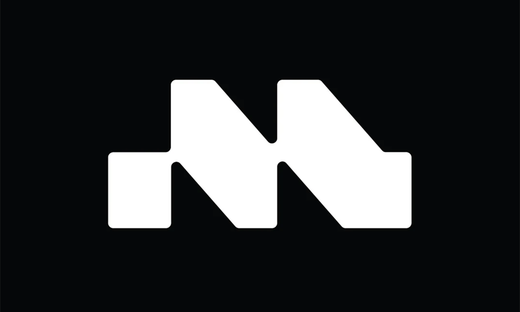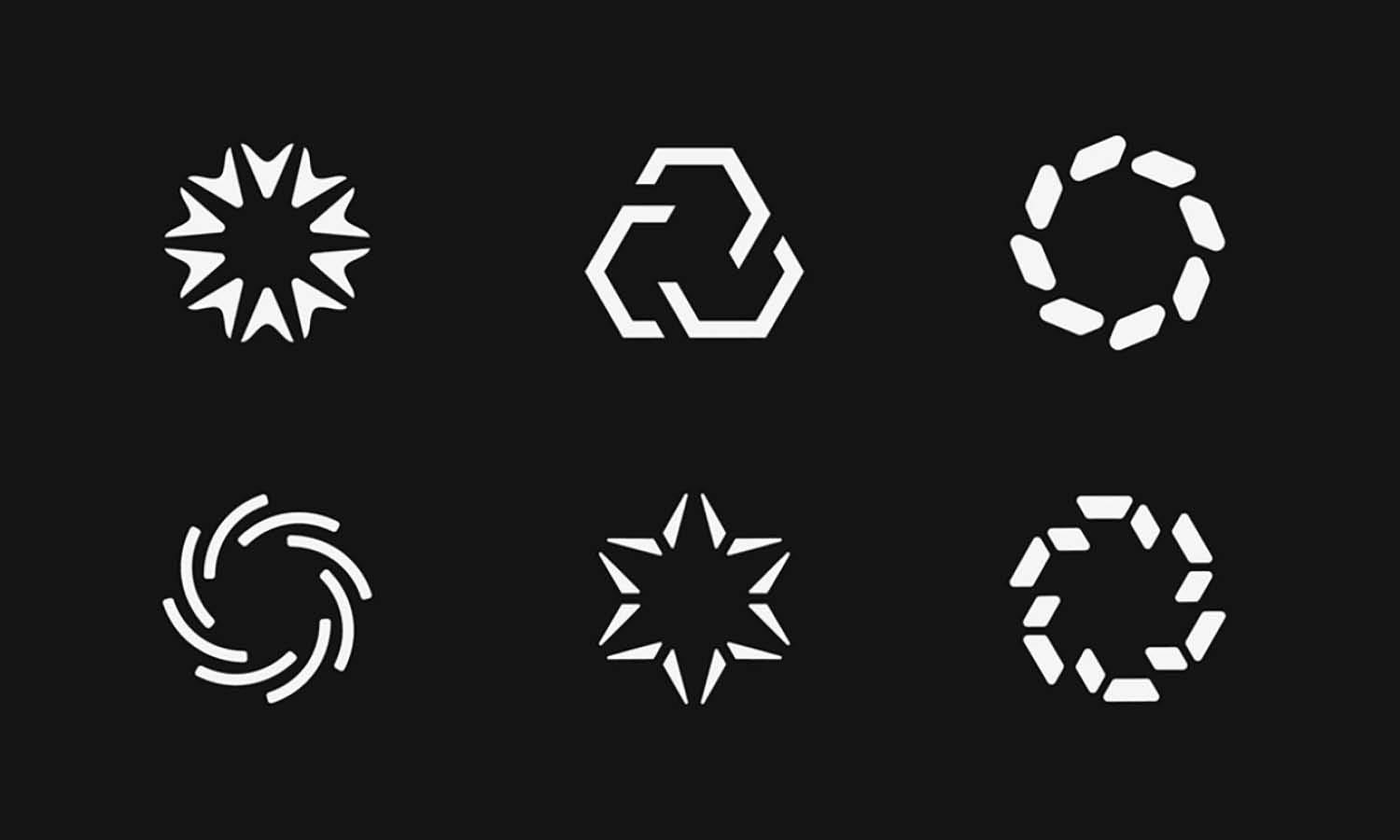How to Pay for Illustrator Tools Using Cryptocurrency

For many illustrators, creative software is just as essential as a drawing tablet or a set of markers. Subscriptions to Adobe Illustrator, Photoshop, Affinity Designer, Clip Studio Paint, Procreate, and other tools form the backbone of a modern digital workflow. Yet paying for these tools isn’t always as straightforward as it should be.
Some regions face banking restrictions, foreign transaction issues, or recurring payment blocks. Currency conversions may also inflate subscription costs. Because of this, more artists are turning to cryptocurrency as a flexible way to handle payments without relying on traditional banking.
Why Crypto Has Become a Useful Alternative
When banks introduce friction — delayed transactions, blocked foreign payments, or extra fees — maintaining multiple software subscriptions gets complicated. Even something as routine as renewing an Illustrator plan can become a hassle if the payment method fails.
Many artists begin exploring crypto simply to avoid these obstacles. Before you can use cryptocurrency for payments, you naturally need access to it. Beginners often start by looking into how exchanges work, and educational guides frequently reference platforms where users can get crypto coins — for example, resources that explain why some consider this type of service a best place to buy. Here, cryptocurrency becomes less of a novelty and more of a functional tool in your creative setup.
Once you have crypto in your wallet, several payment paths open up.
Methods for Paying With Crypto
There’s no single approach that fits everyone, so illustrators often choose the option that aligns best with their workflow and comfort level.
Third-Party Crypto Payment Services
Some platforms act as intermediaries: you send crypto, and they purchase the subscription for you. BYDFi, for instance, supports various creative tools including Photoshop, CorelDRAW, and Clip Studio Paint.
This method removes compatibility issues and works even if the vendor doesn’t accept crypto directly. The trade-off is the need to trust the intermediary and account for potential service fees or different refund policies.
Virtual Cards Funded With Crypto
A practical and widely used solution is a virtual card that you top up with cryptocurrency. Providers like Pyypl or Crypto.com convert your crypto into a card balance that behaves like a normal Visa or Mastercard.
This makes checkout feel familiar:
- Load funds from your wallet
- Pay for Illustrator or other tools using the card
- Manage your subscription like any regular online purchase
It gives you control over when you convert funds, though exchange fees and market fluctuations can affect the final balance until it’s locked.
Direct Crypto Payments
Some independent software developers and small marketplaces accept crypto directly. While less common for mainstream tools like Adobe, this method removes intermediaries entirely. It’s most convenient for one-time purchases or smaller utilities, though refund processes may be less flexible.
A Quick Parallel: Access Challenges in Creative Work
The challenge of paying for software isn’t unique — it mirrors the same regional limitations artists face when buying hardware. Guides such as this one on buying a camera demonstrate how access often varies by location, currency, and available payment methods. Software subscriptions follow the same pattern, making crypto a practical workaround.
Staying Safe While Using Crypto
Crypto offers flexibility, but it works best when handled with care.
A few simple habits go a long way:
- Use reputable wallets and verified providers
- Keep spending funds separate from long-term holdings
- Enable two-factor authentication everywhere
- Check network fees before confirming transactions
- Save records of payments for potential support requests
These steps keep your setup reliable and ensure your subscriptions remain uninterrupted.
If Crypto Isn’t Your Preferred Method
Not every artist wants to use cryptocurrency regularly. Some prefer a hybrid approach, others rely on virtual bank cards, and some revisit the tools they use to choose those with more accessible payment options in their region. The goal is always the same: maintain your workflow without unnecessary friction.
Conclusion
Crypto isn’t a replacement for traditional payments, but it has become a practical solution for illustrators navigating regional limits, inconsistent banking, or high conversion fees. Whether you use an intermediary service, a virtual card, or direct payments, cryptocurrency gives you more control over how — and from where — you maintain your creative tools.















